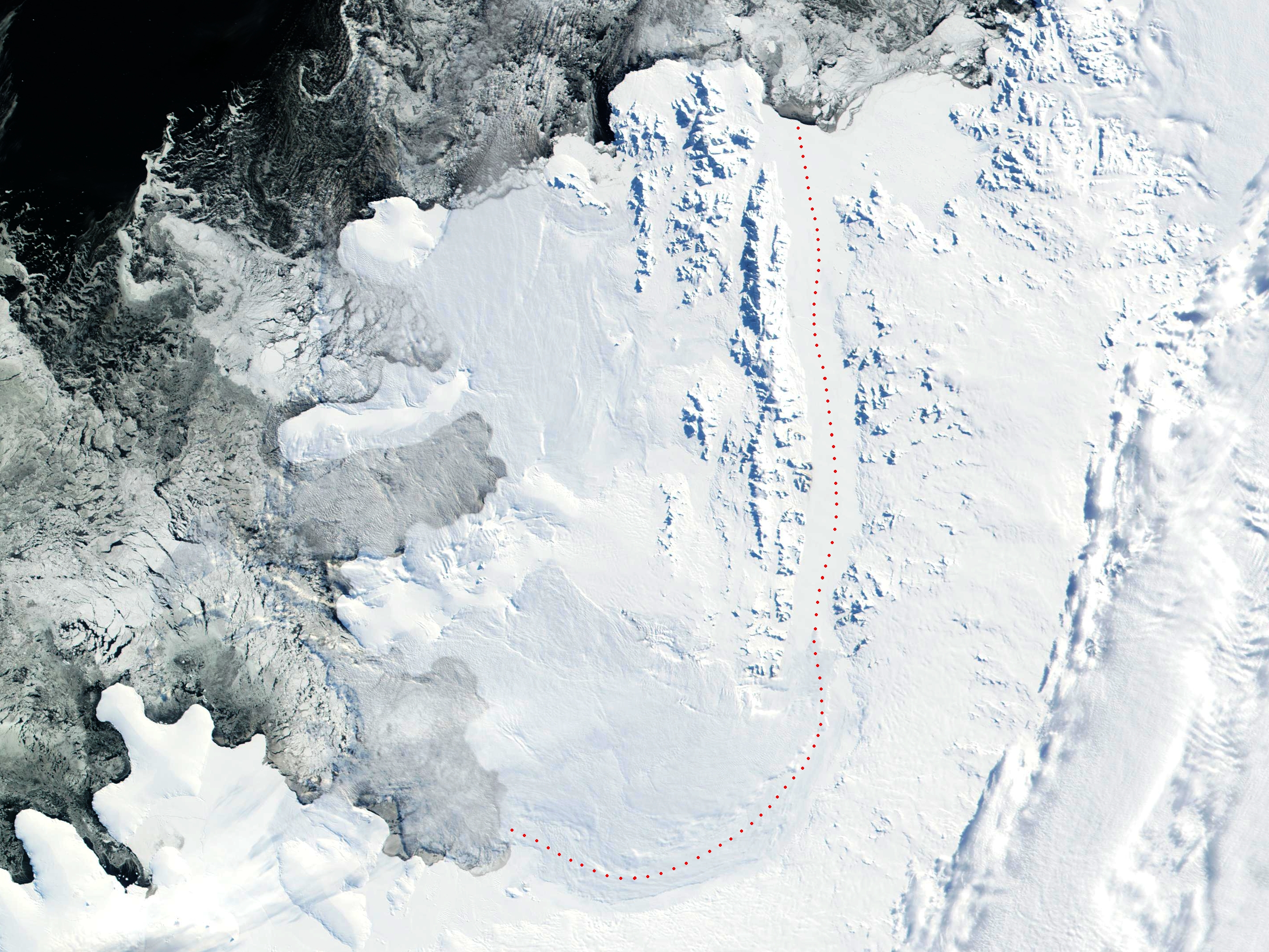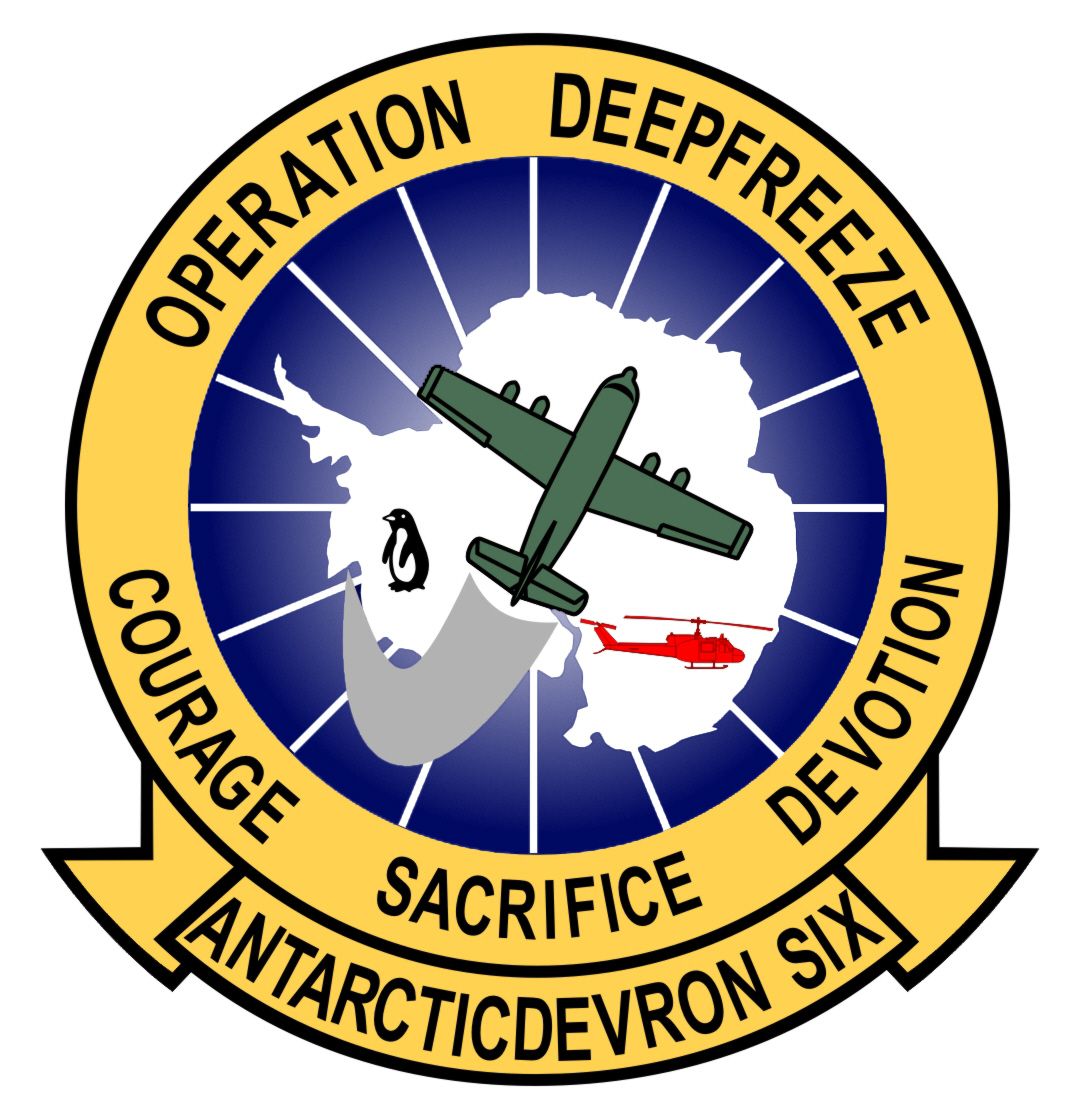|
Gilliamsen Peak
Gilliamsen Peak () is a peak (about 650 m) marking the southeast extremity of the Staccato Peaks in the south portion of Alexander Island, Antarctica. The peak was photographed from the air by Lincoln Ellsworth in 1935. Named by Advisory Committee on Antarctic Names (US-ACAN) after Lieutenant Commander Donald A. Gilliamsen, U.S. Navy, aircraft pilot, Squadron VXE-6, Operation Deep Freeze, 1969 and 1970. See also * Copland Peak Copland Peak () is a peak northeast of the Mussorgsky Peaks and about south of Mazza Point near the tip of Derocher Peninsula, in the north central area of Beethoven Peninsula, situated in southwest Alexander Island, Antarctica. It was mapped ... * Duffy Peak * Hageman Peak References Mountains of Alexander Island {{AlexanderIsland-geo-stub ... [...More Info...] [...Related Items...] OR: [Wikipedia] [Google] [Baidu] |
Summit (topography)
A summit is a point on a surface that is higher in elevation than all points immediately adjacent to it. The topography, topographic terms acme, apex, peak (mountain peak), and zenith are synonymous. The term (mountain top) is generally used only for a mountain peak that is located at some distance from the nearest point of higher elevation. For example, a big, massive rock next to the main summit of a mountain is not considered a summit. Summits near a higher peak, with some Topographic prominence, prominence or Topographic isolation, isolation, but not reaching a certain cutoff value for the quantities, are often considered ''subsummits'' (or ''subpeaks'') of the higher peak, and are considered part of the same mountain. A pyramidal peak is an exaggerated form produced by ice erosion of a mountain top. For summits that are permanently covered in significant layers of ice, the height may be measured by the highest point of rock (rock height) or the highest point of permanent ... [...More Info...] [...Related Items...] OR: [Wikipedia] [Google] [Baidu] |
Staccato Peaks
Staccato Peaks () is a series of rock peaks extending 11 miles (18 km) in a north–south direction, rising to about 940 m with Hageman Peak being the highest peak of the Staccato Peaks, rising from the snowfields 20 miles (32 km) south of the Walton Mountains in the south part of Alexander Island, Antarctica. The peaks were first sighted from the air by Lincoln Ellsworth on 23 November 1935, and mapped from photos taken on that flight by W.L.G. Joerg. Remapped from air photos taken by the Ronne Antarctic Research Expedition in 1947–48, by Searle of the Falkland Islands Dependencies Survey in 1960. The name, given by the United Kingdom Antarctic Place-Names Committee, refers to the precipitous and abrupt way in which the peaks rise from the surrounding snowfields and is associated with other musical names in the vicinity. 2012 British Antarctic Survey expedition In December 2012, Hamish Pritchard of the British Antarctic Survey The British Antarctic Survey (BAS ... [...More Info...] [...Related Items...] OR: [Wikipedia] [Google] [Baidu] |
Alexander Island
Alexander Island, which is also known as Alexander I Island, Alexander I Land, Alexander Land, Alexander I Archipelago, and Zemlja Alexandra I, is the largest island of Antarctica. It lies in the Bellingshausen Sea west of Palmer Land, Antarctic Peninsula from which it is separated by Marguerite Bay and George VI Sound. The George VI Ice Shelf entirely fills George VI Sound and connects Alexander Island to Palmer Land. The island partly surrounds Wilkins Sound, which lies to its west.Stewart, J. (2011) ''Antarctic An Encyclopedia'' McFarland & Company Inc, New York. 1776 pp. . Alexander Island is about long in a north–south direction, wide in the north, and wide in the south. Alexander Island is the second-largest uninhabited island in the world, after Devon Island. History Alexander Island was discovered on January 28, 1821, by a Russian expedition under Fabian Gottlieb von Bellingshausen, who named it Alexander I Land for the reigning Tsar Alexander I of Russia. What, in ... [...More Info...] [...Related Items...] OR: [Wikipedia] [Google] [Baidu] |
Antarctica
Antarctica () is Earth's southernmost and least-populated continent. Situated almost entirely south of the Antarctic Circle and surrounded by the Southern Ocean (also known as the Antarctic Ocean), it contains the geographic South Pole. Antarctica is the fifth-largest continent, being about 40% larger than Europe, and has an area of . Most of Antarctica is covered by the Antarctic ice sheet, with an average thickness of . Antarctica is, on average, the coldest, driest, and windiest of the continents, and it has the highest average elevation. It is mainly a polar desert, with annual Climate of Antarctica#Precipitation, precipitation of over along the coast and far less inland. About 70% of the world's freshwater reserves are frozen in Antarctica, which, if melted, would raise global sea levels by almost . Antarctica holds the record for the Lowest temperature recorded on Earth, lowest measured temperature on Earth, . The coastal regions can reach temperatures over in the ... [...More Info...] [...Related Items...] OR: [Wikipedia] [Google] [Baidu] |
Lincoln Ellsworth
Lincoln Ellsworth (May 12, 1880 – May 26, 1951) was an American polar explorer, engineer, surveyor, and author. He led the first Arctic and Antarctic air crossings. Early life Linn Ellsworth was born in Chicago, Illinois on May 12, 1880. His parents were Eva Frances (née Butler) and James Ellsworth, a wealthy coal mine owner and financier.http://pabook2.libraries.psu.edu/palitmap/bios/Ellsworth__Lincoln.html He was named Linn after his uncle William Linn, but changed his name to Lincoln when he was a child. His mother died in 1888. Ellsworth and his sister moved to Hudson, Ohio to live with his grandmother. He attended the Western Reserve Academy in Hudson and The Hill School in Pottstown, Pennsylvania. He took two years longer than usual to graduate, before entering the Sheffield Scientific School at Yale University. His academic performance was poor, and he subsequently enrolled at Columbia University School of Mines and studied civil engineering. He joined the frat ... [...More Info...] [...Related Items...] OR: [Wikipedia] [Google] [Baidu] |
Advisory Committee On Antarctic Names
The Advisory Committee on Antarctic Names (ACAN or US-ACAN) is an advisory committee of the United States Board on Geographic Names responsible for recommending commemorative names for features in Antarctica. History The committee was established in 1943 as the Special Committee on Antarctic Names (SCAN). It became the Advisory Committee on Antarctic Names in 1947. Fred G. Alberts was Secretary of the Committee from 1949 to 1980. By 1959, a structured nomenclature was reached, allowing for further exploration, structured mapping of the region and a unique naming system. A 1990 ACAN gazeeter of Antarctica listed 16,000 names. Description The United States does not recognise territorial boundaries within Antarctica, so ACAN assigns names to features anywhere within the continent, in consultation with other national nomenclature bodies where appropriate, as defined by the Antarctic Treaty System. The research and staff support for the ACAN is provided by the United States Geologi ... [...More Info...] [...Related Items...] OR: [Wikipedia] [Google] [Baidu] |
VXE-6
Antarctic Development Squadron Six (VXE-6 or ANTARCTIC DEVRON SIX, commonly referred to by its nickname, The Puckered Penguins) was a United States Navy air test and evaluation squadron based at Naval Air Station Point Mugu, California with forward operating bases at Christchurch, New Zealand, and McMurdo Station, Antarctica. Established at Naval Air Station Patuxent River, Maryland on 17 January 1955 as Air Development Squadron Six (VX-6), the squadron's mission was to conduct operations in support of Operation Deep Freeze, the operational component of the United States Antarctic Program. The squadron relocated to Naval Air Station Quonset Point, Rhode Island on 1 February 1956. On 1 January 1969, the squadron was redesignated Antarctic Development Squadron Six (VXE-6). Following the closure of NAS Quonset Point in the 1970s, the squadron relocated to NAS Point Mugu. Using the tail codes ''XD'' (1955) and ''JD'' (1957), the squadron flew numerous aircraft throughout its exist ... [...More Info...] [...Related Items...] OR: [Wikipedia] [Google] [Baidu] |
Operation Deep Freeze
Operation Deep Freeze is the code name for a series of United States missions to Antarctica, beginning with "Operation Deep Freeze I" in 1955–56, followed by "Operation Deep Freeze II", "Operation Deep Freeze III", and so on. (There was an initial operation before Richard E. Byrd, Admiral Richard Byrd proposed 'Deep Freeze'). Given the continuing and constant US presence in Antarctica since that date, "Operation Deep Freeze" has come to be used as a general term for US operations in that continent, and in particular for the regular missions to resupply US Antarctic bases, coordinated by the Military of the United States, United States military. Task Force 199 was involved. For a few decades the missions were led by the United States Navy, though the Air National Guard and National Science Foundation are also important parts of the missions. In Antarctica, when the polar dawn starts late in the year things begin warming up and the mission usually runs from late in the year to ear ... [...More Info...] [...Related Items...] OR: [Wikipedia] [Google] [Baidu] |
Copland Peak
Copland Peak () is a peak northeast of the Mussorgsky Peaks and about south of Mazza Point near the tip of Derocher Peninsula, in the north central area of Beethoven Peninsula, situated in southwest Alexander Island, Antarctica. It was mapped by the United States Geological Survey from U.S. Navy aerial photographs taken 1967–68 and from Landsat imagery taken 1972–73. In association with names of composers in the area, it was named by the Advisory Committee on Antarctic Names after Aaron Copland Aaron Copland (, ; November 14, 1900December 2, 1990) was an American composer, critic, writer, teacher, pianist, and conductor of his own and other American music. Copland was referred to by his peers and critics as the "Dean of American Compos ..., the American composer (1900–90). References Mountains of Alexander Island {{AlexanderIsland-geo-stub ... [...More Info...] [...Related Items...] OR: [Wikipedia] [Google] [Baidu] |
Duffy Peak
Duffy Peak () is a peak southeast of Hageman Peak in the Staccato Peaks, southwest Alexander Island, Antarctica. Dargomyzhsky glacier extends and flows west from the base of Duffy Peak and enters the nearby Bach Ice Shelf. The peak was photographed from the air by Lincoln Ellsworth in 1935, and was named by the Advisory Committee on Antarctic Names for Lieutenant Commander Joseph A. Duffy, a U.S. Navy aircraft pilot in Squadron VXE-6 during Operation Deep Freeze, 1969 and 1970. See also * Gluck Peak * Lamina Peak * Copland Peak Copland Peak () is a peak northeast of the Mussorgsky Peaks and about south of Mazza Point near the tip of Derocher Peninsula, in the north central area of Beethoven Peninsula, situated in southwest Alexander Island, Antarctica. It was mapped ... References Mountains of Alexander Island {{AlexanderIsland-geo-stub ... [...More Info...] [...Related Items...] OR: [Wikipedia] [Google] [Baidu] |
Hageman Peak
Hageman Peak () is a montane landform pinnacle rising to about at the northwest end of the Staccato Peaks in southern Alexander Island, Antarctica. The peak was photographed from the air by Lincoln Ellsworth in 1935, and was named by the Advisory Committee on Antarctic Names for Lieutenant Commander Roger H. Hageman, U.S. Navy, an LC-130 aircraft commander during Operation Deep Freeze Operation Deep Freeze is the code name for a series of United States missions to Antarctica, beginning with "Operation Deep Freeze I" in 1955–56, followed by "Operation Deep Freeze II", "Operation Deep Freeze III", and so on. (There was an init ..., 1969. See also * Saint George Peak * Beagle Peak * Giovanni Peak References Mountains of Alexander Island {{AlexanderIsland-geo-stub ... [...More Info...] [...Related Items...] OR: [Wikipedia] [Google] [Baidu] |




